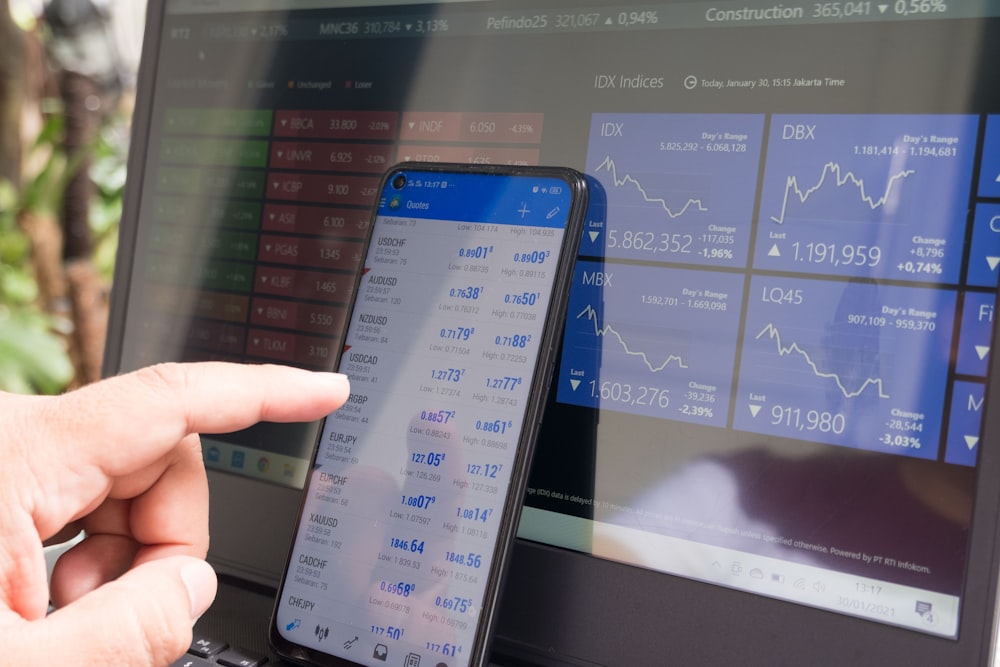Stocks Drop Again As Breadth Erodes Further
Image Source: Unsplash
It was another tough day for stocks, with the market down over 1%. The S&P 500 finished 1.07% lower, but the breadth numbers were particularly weak. Of the S&P 500, 470 stocks were down, 31 were up, and two were unchanged—an overwhelmingly bearish day.
On the New York Stock Exchange, there were 823 more decliners than advancers, which is better than Friday’s 1,700+ decliners but still negative. The McClellan Oscillator for the NYSE is at -43, down from -5 after rising briefly from -106. This indicates that breadth remains weak. The Summation Index has declined to -351, reinforcing the poor breadth metrics.
Considering these numbers, the S&P 500 might have been expected to drop more. The equal-weighted S&P 500 (RSP) has fallen nearly 7.5% from its November 27 peak, compared to just a 3% decline in the leading S&P 500. The Nasdaq is down around 4% from its high, while the Russell 2000 (IWM) has fallen nearly 10%.
Sector-specific indices highlight more profound losses. The housing sector (HGX) is down 18% from its peak and is trading near July levels, only a few percentage points above where it started in 2024. The materials sector (XLB) has dropped 15% from its highs and is back to its start-of-year level. Without the strong performance of the “Magnificent Seven” stocks, overall S&P 500 losses would likely be much steeper.
This market weakness seems tied to liquidity issues and rising rates, trends that have persisted since mid-October. Key sectors like XLB and HGX peaked around that time, forming double tops before declining.
Today’s S&P 500 movement looked like a rebalancing event. As I noted in my midday subscriber update, the last two trading sessions saw significant selling pressure in futures between 7 and 8 AM, ahead of the market open, on decent volume. A similar decline occurred around 7 AM today, but on lighter volume. If this pattern repeats tomorrow, it could confirm that these moves are related to rebalancing or similar flows.
The 10-year yield dropped 9–10 basis points today, though the reason is unclear. With yields rising 70 basis points this year (from 3.83% on January 2 to 4.53%), today’s drop could also reflect portfolio rebalancing as the year ends.
It’s also worth noting that most global markets are closed on December 31, while U.S. markets remain open all day, making them a key liquidity source heading into the year’s final trading day.
Today, the S&P 500 found support around 5,875 and faced resistance at 5,935 levels throughout the afternoon. If support at 5,875 breaks, the next level to watch is 5785, which could lead to more significant moves as we start the new year.
A potential head-and-shoulders pattern is forming on the S&P 500, but it needs a break below 58.75 before we can draw firmer conclusions. We’ll need to stay patient and see how things develop over the next day or two.
More By This Author:
Long-Term Rates Are Breaking Out Ahead Of 2025, As Equity Financing Cost PlungeEquity Funding Cost Collapse Amid A Steepening Yield Curve
Stocks And Rates Rise As The Yield Curve Continues To Steepen












